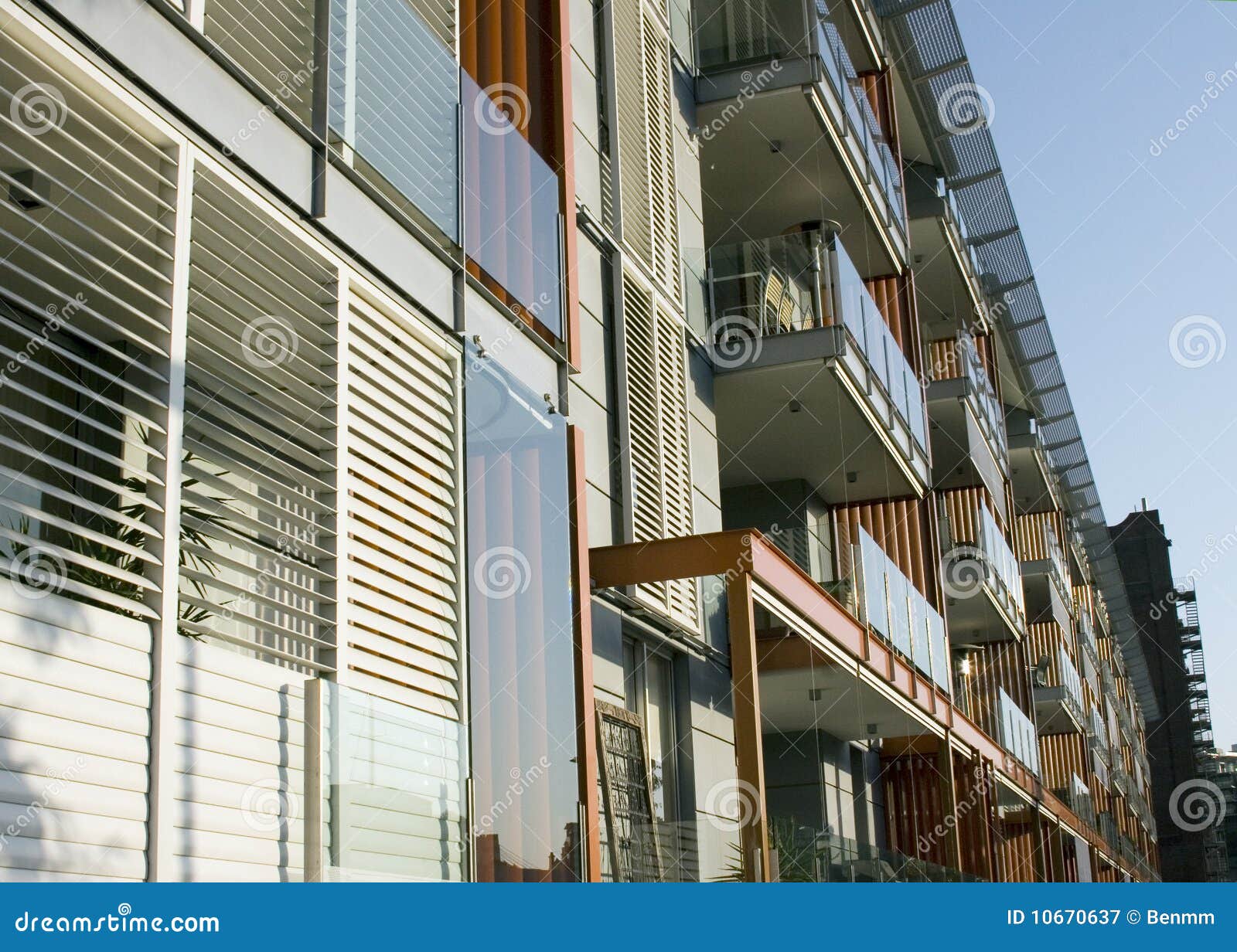Small Apartment Block Exterior: Maximizing Space and Aesthetics

In urban areas with limited land availability, small apartment blocks offer a compact and efficient solution for housing needs. The exterior design of these buildings plays a crucial role in optimizing space utilization and creating an aesthetically pleasing environment.

Space Optimization

- Verticality: Small apartment blocks often have multiple stories to maximize the number of units within a limited footprint.
- Compact Units: Units are designed to be efficient and compact, with minimal wasted space.
- Balconies and Terraces: Balconies and terraces extend the living space outdoors, providing additional usable area without increasing the building’s footprint.





Aesthetic Considerations

- Facade Design: The facade of the building should be visually appealing and complement the surrounding environment.
- Materials: Durable and low-maintenance materials, such as brick, stone, or metal, are commonly used.
- Color and Texture: Contrasting colors and textures can create visual interest and break up the monotony of a large building.
- Windows and Openings: Large windows and openings allow for natural light and ventilation, creating a more inviting and comfortable living space.






Sustainability

- Energy Efficiency: Energy-efficient windows, insulation, and lighting systems can reduce energy consumption.
- Green Roofs: Green roofs provide insulation, reduce stormwater runoff, and improve air quality.
- Water Conservation: Rainwater harvesting systems and low-flow fixtures can conserve water.





Specific Design Elements

- Courtyards and Atriums: Internal courtyards or atriums provide open spaces for residents to socialize and enjoy the outdoors.
- Roof Gardens: Roof gardens offer additional green space and can be used for recreation or gardening.
- Facade Greenery: Climbing plants or hanging gardens can add a touch of greenery to the building’s exterior.





Conclusion

The exterior design of small apartment blocks requires careful consideration to maximize space utilization, enhance aesthetics, and promote sustainability. By incorporating verticality, compact units, and well-designed facades, architects can create efficient and visually appealing buildings that meet the needs of urban residents.





